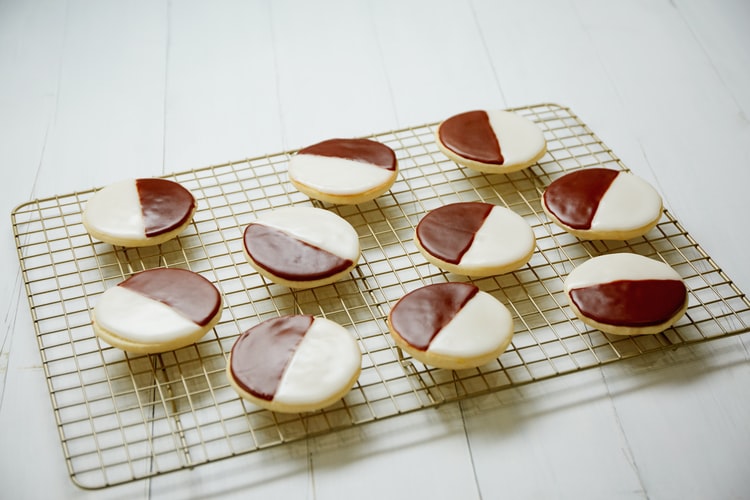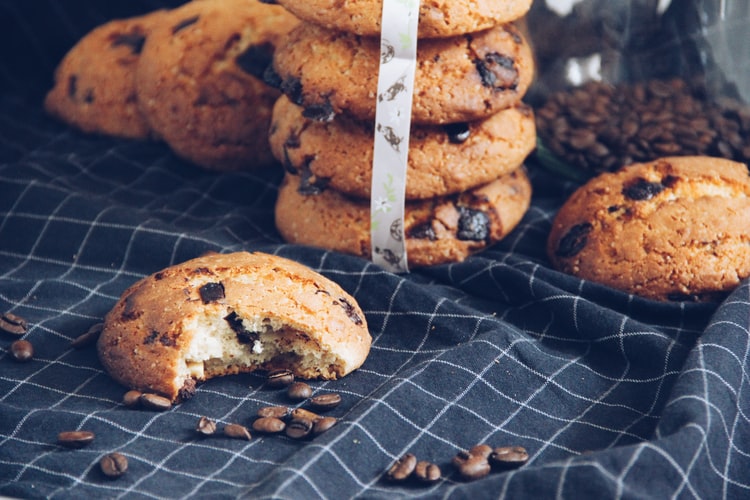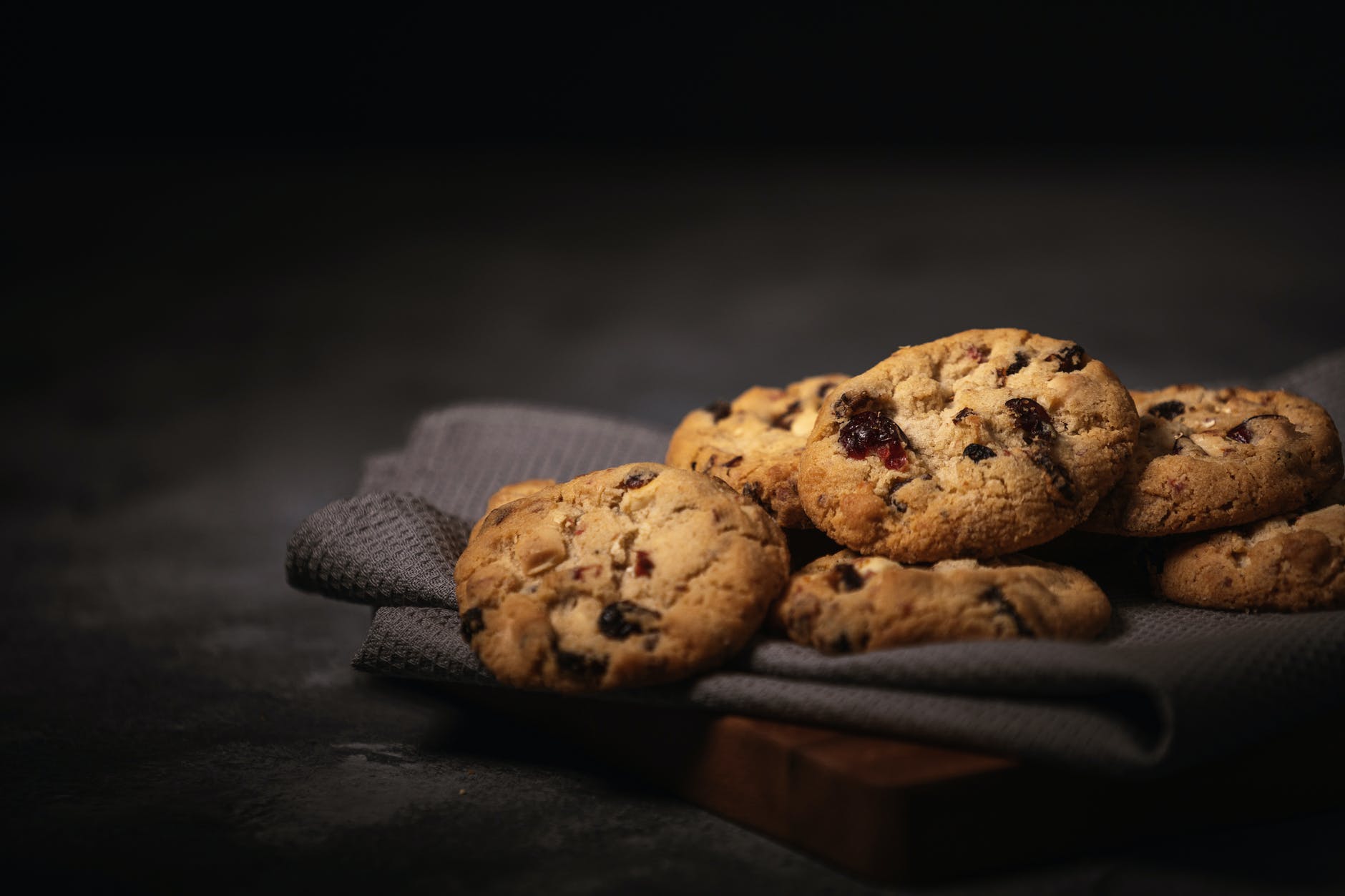Additional Tips in Baking Cookies
Several other key factors can affect how your cookie bakes.
(i) Mixing
The mixing process develops the gluten in the dough and gives cookies a chewy consistency. Be careful not to overmix as this may make the cookie to be tough instead of chewy, especially in dough with less than 50% fat. Fat hinders gluten development, therefore, a high-fat dough does not have a similar toughening problem.
(ii) Shaping
Round dough balls bake for a more extended period, and this makes the cookies thicker and softer. Flattening the balls result in crispier, thinner cookies.
(iii) Spacing
Cookies made at a low temperature and those made using high-fat dough spread more when baking and require around two inches between them. Cookies made for a shorter period or those made using high-flour only require one inch between them.
(iv) Time and temperature
Time and temperature work together very well in baking. Shorter baking time and a high temperature create thicker softer cookies; A longer baking time and low temperature create crispier, thicker cookies.
(v) Equipment
Ovens vary widely. It’s essential to check the temperature of your oven with a thermometer. Use heavy-gauge aluminum baking sheets to achieve even heating. Line the pans using the parchment to speed cleanup, prevent sticking, and minimize hotspots.
(vi) Oven position
To achieve the best outcome, make one sheet of cookies on the center rack. In case you want to bake more than a single sheet, set racks in the lower and upper third of the oven and then rotate the sheets back to front and top to bottom once when baking. This tip can also be used in conventional baking.
(vii) Cooling
Sometimes cookies may have trapped steam, which can make them a little soggy. That’s why it’s essential to cool your cookies before storing them.
This article is not meant to be exhaustive, but instead should be used as a guide to achieving better results when baking cookies. By following these simple tips, you will be able to avoid some of the common pitfalls that many people make. The result is that you will create something of excellent quality. Something that you love and can share with your friends and families. In your baking journey, if you would remember one thing, remember this–it’s all in the details.…



